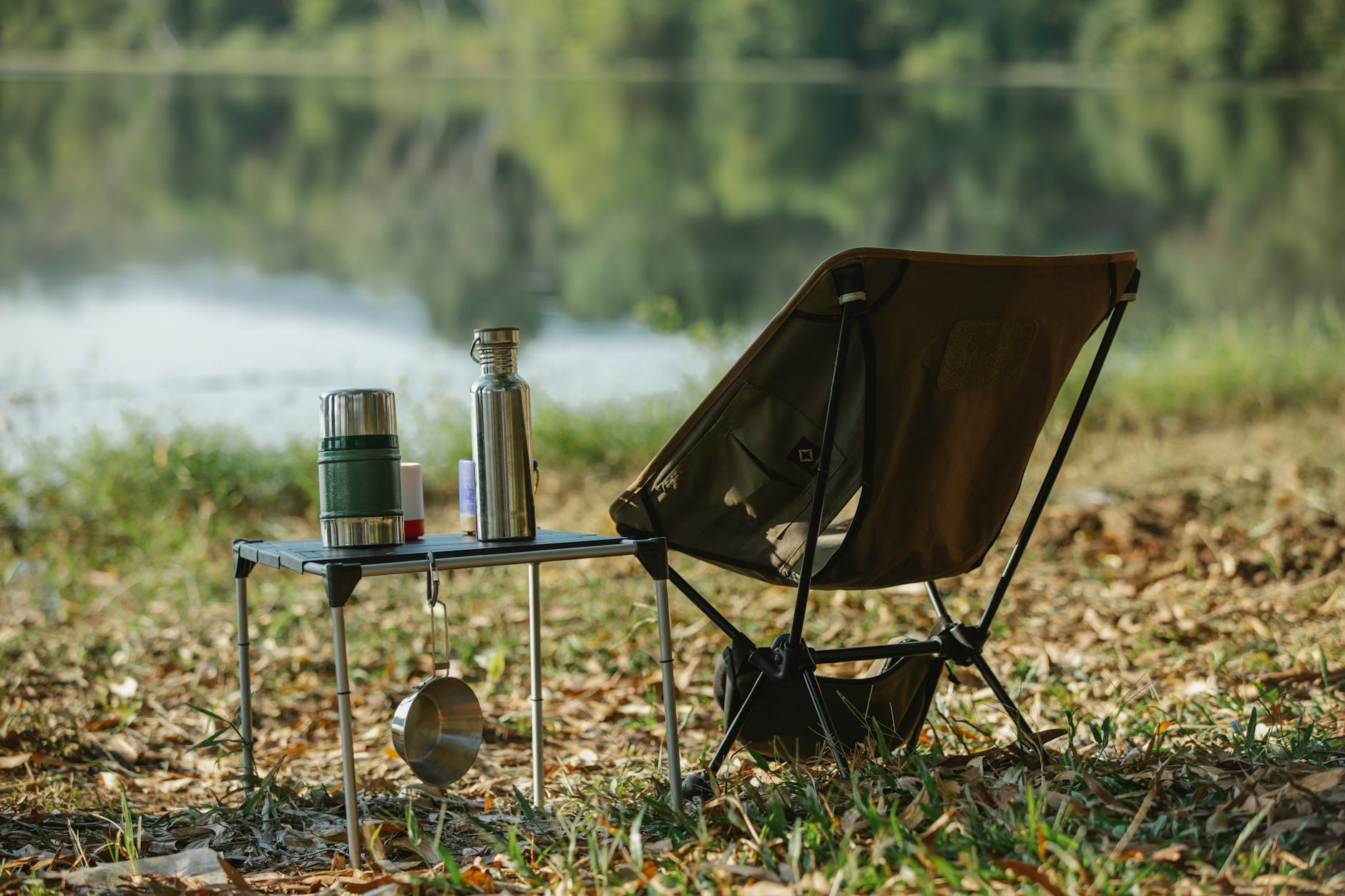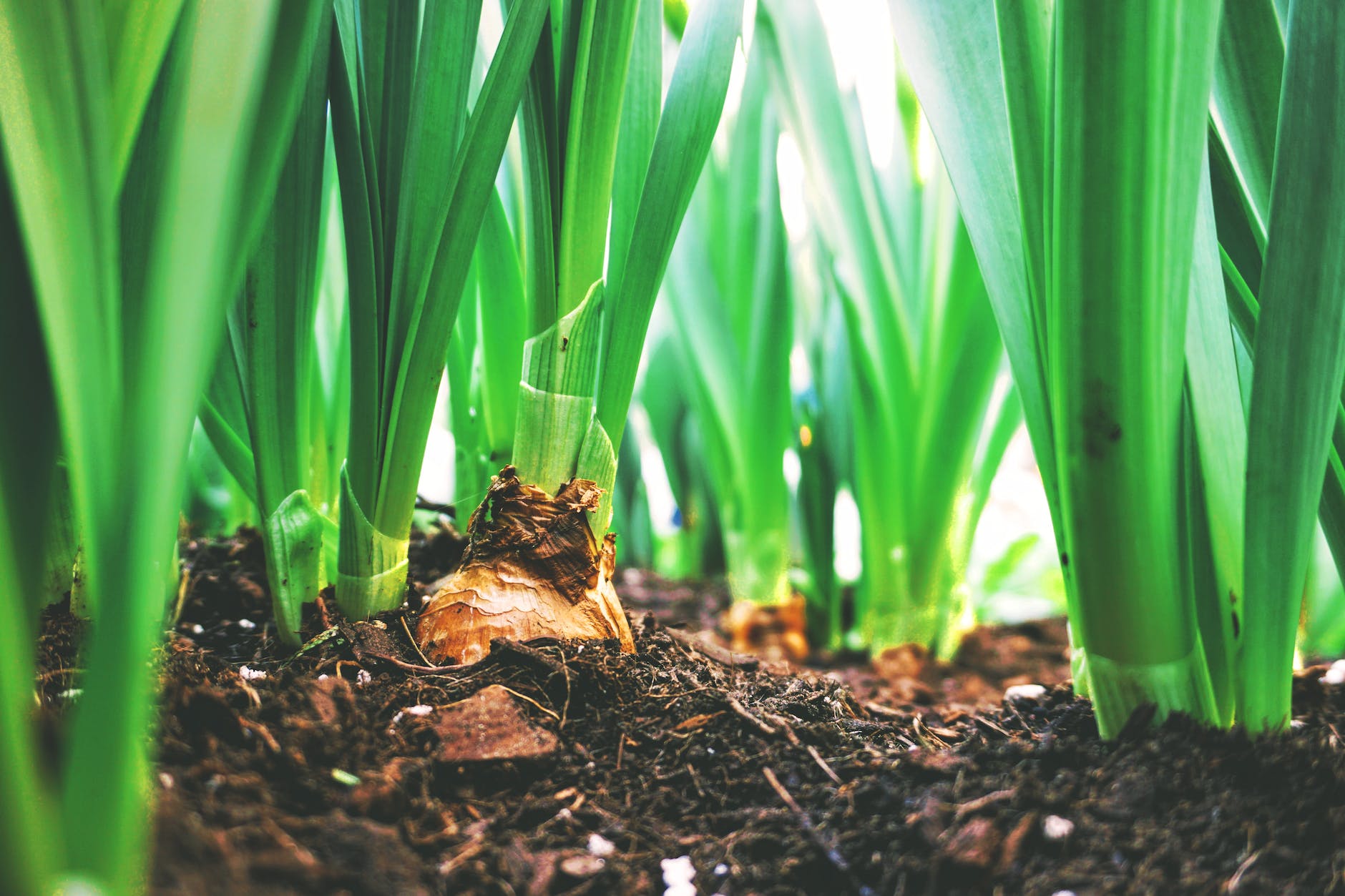Indoor cannabis cultivation is an exciting and rewarding pastime for many people around the world. However, for beginners, the prospect can feel a little daunting. With the myriad of information and techniques available, it’s hard to know where to start. This guide will demystify the process, focusing on essential aspects such as hydroponics, grow lights, soilless growing techniques, cannabis nutrients, and selecting the best cannabis strains for indoor growing.
The first stage in any successful indoor cannabis cultivation endeavour is selecting a suitable strain. It’s crucial to research and choose an appropriate cannabis strain for your indoor operation. Some strains are better suited to indoor environments than others. Size, growing period, yield, and specific needs (such as light or nutrient requirements) all require consideration cannabis strains for indoor growing.
Next, it’s time to consider the growing medium. Many novice growers opt for traditional soil-based methods. However, more experienced growers often prefer soilless growing methods such as hydroponics. Hydroponics delivers nutrients directly to plant roots via a water-based solution, allowing for faster growth and higher yields. Hydroponics systems may be more complex to set up initially, but their results often justify this extra effort hydroponics.
If you do opt for a soilless growing method, it’s essential to understand that your cannabis plants will be entirely reliant on you for their nutrient intake. This means that you need to be precise with your feeding schedule and nutrient solution. A range of nutrient mixes are designed specifically for cannabis cultivation, with options available for every stage of the plant’s life cannabis nutrients.
Your cannabis plants will also need optimal lighting. Indoor growing requires the use of artificial light sources to mimic the sun. Fluorescent grow lights are a common choice for beginners due to their ease of use and lower cost. LED lights are more expensive initially, but their efficiency and lifespan make them a worthwhile investment. Moreover, many advanced growers use High-Pressure Sodium (HPS) lights during the flowering stage, as they emit an orange/red light that encourages blooming grow lights.
Effective air circulation is pivotal to maintaining the right temperature and humidity for your cannabis plants. Stagnated air can lead to mold and pests, damaging your crop. Ensure your grow room has an intake and outtake fan to maintain a continuous flow of fresh air.
Last but not least is the importance of water. Cannabis plants, just like any other living being, need water to survive. The frequency and amount of water depend on your chosen growing medium and the size and stage of your plant. As a general rule, it’s best to water your plants when the top inch of soil (or growing medium) feels dry to the touch. Underwatering can slow growth, but overwatering can lead to root rot, so balance is key.
Remember, no one becomes a master at indoor cannabis cultivation overnight. It takes time, patience, and often a few mistakes to learn the ropes. Don’t be disheartened if your first few attempts don’t yield an abundant crop. With every grow, you will learn new things and become better equipped to handle any issues that arise. The reward of a bountiful, homegrown cannabis harvest is well worth the effort.
As you embark on your indoor cannabis cultivation journey, use this beginner’s guide to navigate through the exciting world of homegrown cannabis. Happy growing!
In conclusion, cultivating cannabis indoors is an art and science that requires diligence, patience, and continuous learning. However, with the right tools and knowledge in your hands, indoor cannabis cultivation can become a fulfilling and rewarding hobby or even a profession.

